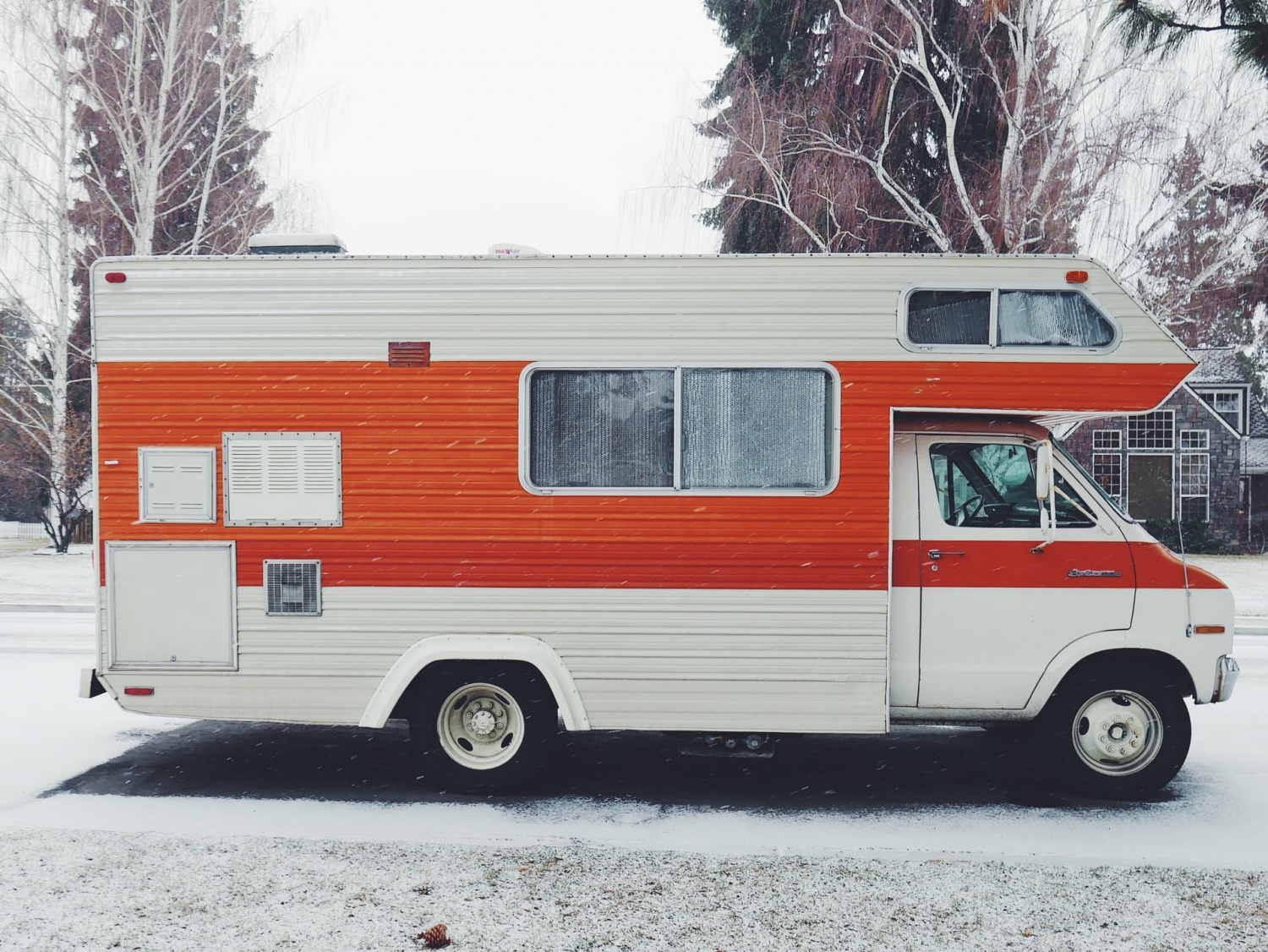
The North American winter of 2020-21 was estimated to be the most major winter season to impact North America in several years and the costliest on record, with a cumulative damage total of at least $201.845 billion (2021 USD). Six storms ranked on the Regional Snowfall Index scale, with storms rated as at least a Category 1 on the scale, occurred during the season. Most of the winter's damage and fatalities were caused by an unprecedented and severe cold wave that hit the country in mid-February. Several other significant events occurred, including a crippling early-season ice storm in the Southern Plains, a powerful nor'easter in mid-December, another major nor'easter in early February, two substantial and widespread winter storms in mid-February, and a major blizzard in the Rocky Mountains in mid-March, among others. According to official figures, 358 people died due to winter-related incidents, making it the deadliest season since 1992-93. A La Nia trend dominated much of North America's winter, with temperatures rising and falling. If your camper is linked to electricity throughout the winter, you may ask whether it is essential to winterize it. Keep in mind that the primary purpose of winterizing is to prevent damage to your pipes and tanks due to burst water pipes. Pipes can break at any time when temps drop below freezing, regardless of whether or not your camper is connected. Your trailer is plugged in and does not protect you from extremely cold temperatures. It is possible to keep the temperature in your camper warm by using your heater, but this will come at a cost. Overall, even if you plan to leave your RV plugged in throughout the winter months, it is recommended that you winterize your RV.
Different Steps to Winterize Your RV
During the winter, your camper is particularly prone to costly damage due to burst pipes, damaged water storage, snow accumulation, and other factors such as these. Winterizing your recreational vehicle is essential for protecting your investment. Most RVers will take their vehicles to a local service center for winterization. However, if you enjoy do-it-yourself and home improvement tasks, winterizing your RV at home will be a rewarding experience! You will become an expert in no time if you put in the time and effort to learn the technique. To winterize your RV on your own, you'll need to stock up on a variety of specialized items before you go. Below you will find a comprehensive list of everything you need to winterize your recreational vehicle. The following products are used to winterize an RV: potable antifreeze, drinking water hose, non-abrasive exterior cleaner, roof cleaner, roof and exterior sealant, rodent repellent, and so on. Cost of winterizing an RV When it comes to winterizing an RV, how much does it cost? Depending on the size and class of your RV, a simple winterizing package at an RV dealer might cost anywhere from $130 to 170 dollars. Considering that you'll most likely be paying the same amount to de-winterize the RV in the spring, those prices can add up over several years. Winterizing your RV on your own is inexpensive and straightforward, and it may be well worth your time to do it yourself in the long run. Typically, you will need to purchase marine and RV antifreeze to pour down your drain to prevent your pipes from freezing during icy weather conditions. The vast majority of them will aid in preventing rodents and other pests from making their way into your camper. These measures will also help avoid unpleasant odors, moisture buildup, and structural damage. The better the RV looks and operates when put away for the season, the better it will perform when brought out for the following season.
How to Winterize RV with Air Compressor
The most prominent piece of equipment you'll require for this is an air compressor. The compressor I use is a 60-gallon, 10-cubic-foot-per-minute unit in my shop that I utilize regularly. Because you will not be attempting to force all of the water out of your plumbing system, you will not require anything that enormous. Low-point drains should be installed on all of your rig's water lines so that when you open them, gravity will remove the majority of the water for you. Even if all of the internet information is correct, some RV owners claim to winterize their vehicles with nothing more than an emergency flat-repair compressor. However, when winterizing an RV, air volume rather than air pressure is most important. 35-50 psi is the maximum pressure you should use; any higher pressure could cause harm to your plumbing. While those tiny pumps can produce significant stress, they are severely low in air volume. For example, the owner's manual for our Winnebago Travato instructs us to leave the air compressor attached and operate for 5 minutes before turning it off. No way is this tiny pump going to be able to maintain a consistent flow of air at any good pressure for more than 5 minutes.
How to Survive Winter Living in Your RV
The total flexibility of RVing is one of the most fantastic aspects of the experience. While some RVers use their vehicles for weekend getaways, others use them for extended journeys, and others live in their RVs full time. Most RVers prefer to travel with the seasons, staying at temperate temperatures to avoid encountering harsh weather, which is especially important when RVing in the winter, which is not an easy job to accomplish. Water pipes in most recreational vehicles are not adequately insulated, and when temperatures dip below low, they can freeze and burst, causing significant damage. Regardless of whether you choose to RV in a cold location or find yourself stranded at some point, you must know how to prepare yourself and your RV for the weather. Because winter can be particularly harsh in some locations, a large number of people choose to travel in their RVs, allowing them to move quickly from one place to another if the situation worsens.
Measures to Follow
We've all had that one friend or neighbor who packs their belongings and heads to Florida as soon as the first indications of a Canadian winter appear. However, believe it or not, many Canadians enjoy the winter months and prefer to spend their time at home during the winter months. A "staycation" is a term used to refer to people who choose to remain in their home nation but choose to explore it from the perspective of a tourist - typically in an RV, Motorhome, or Travel Trailer. Residents in British Columbia who decide to stay for the winter have many options, particularly if they plan to travel by recreational vehicle. Firstly, there are significantly fewer tourists in Kamloops than in Whistler, Vancouver, and Kelowna at this time of year. This is especially true in winter. Having uninterrupted outdoor pleasure with oneself, friends, or family is now possible! Living in your RV over the winter necessitates a great deal of preparation. It would help if you were prepared for difficulties and ensure that your RV provides appropriate warmth, transportation, and protection from the outdoors. Many people choose to spend the winter months in their recreational vehicles or travel trailers, so know that you're not alone if you're thinking about doing so. In addition, if you become homesick, there are various campgrounds in Kamloops that remain open during the winter months.
The Best Type of RV for Winter
It might be enjoyable to travel and camp during the winter, but you'll want to make sure you have the right vehicle for the job. Choosing the ideal RV for winter living can be difficult because many different brands and models are well-suited for cold-weather camping and living. The Northwood Arctic Fox is widely regarded as the most significant recreational vehicle (RV) for winter living. In addition to excellent insulation, powerful furnaces, and heated holding tanks, there are numerous pleasant floor patterns to choose from. RVs from Jayco, Heartland, and Bigfoot are some of the best alternatives available today. If you're seeking an excellent cold-weather RV, the Northwood Arctic Fox will almost certainly come up in your search. Even after years of competition, the Northwood Arctic Fox has always maintained its position at the top of the cold-weather RV rankings. In the beginning, they had a robust design, and they have worked on polishing and growing their product line ever since.
Conclusion
Various substantial landmasses can be found at higher latitudes in the Northern Hemisphere. The Arctic Circle is located above the Arctic Circle in Greenland and sections of Norway, Sweden, Finland, Iceland, the United States, and Russia. Temperatures in these locations are often colder because they are located at higher latitudes. While the Southern Hemisphere has huge land masses closer to the Equator, such as Africa and the southernmost section of South America, the Northern Hemisphere has land masses farther away from the Equator. The temperatures in these locations are often higher. In addition, except for the Antarctic continent, there are no countries located on or below the Antarctic Circle. This generally means that winters in the Southern Hemisphere are warmer than those in the Northern Hemisphere. A nomad lifestyle exists in the southern hemisphere, which means that you may easily pack up and head to the south with your camper or motorhome, and then travel in any direction depending on the depth of winter snow.
* This is a contributed article and this content does not necessarily represent the views of musictimes.com













